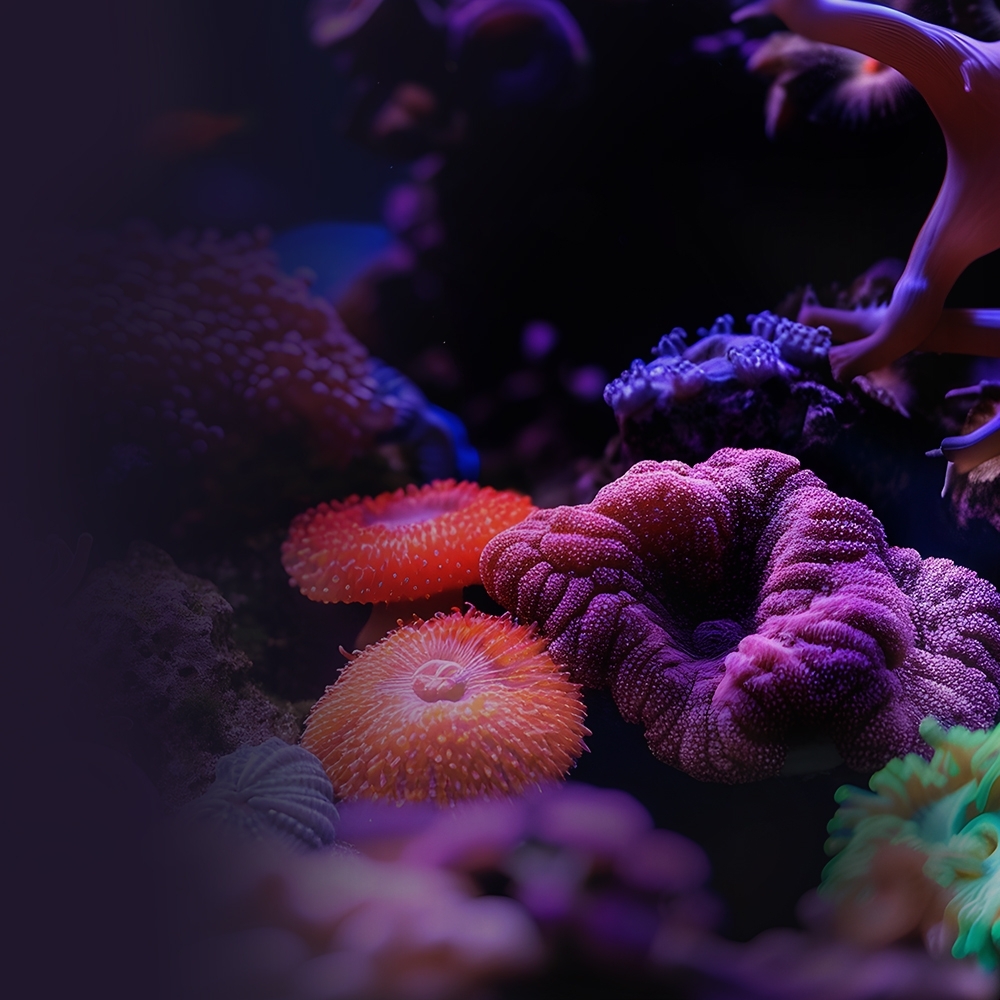13.01.2025
Protecting IP is crucial as agriculture develops innovative techniques and technologies that improve productivity, sustainability, and resilience and move farming to net zero. Here is everything you need to know about patents in agriculture and farming.
Thank you
Today’s farmers are no strangers to innovation as they find ways to improve efficiency and productivity. Farming innovation is key to staying ahead, from developing new techniques to using artificial intelligence (AI) to enhance sustainability.
Thanks to "agri-tech," pioneering innovations are transforming traditional practices. These innovations need protection. Understand patents, and you can protect your inventions, enhance your farm’s profitability, and contribute to sustainable farming. Know how to commercialise them and unlock more benefits.
A patent is a form of intellectual property (IP) that gives the holder exclusive rights to an invention. Patents safeguard inventions, ensuring inventors can enjoy their hard work and creativity. For a set time, no one else can make, use, sell, or distribute the invention without permission.
Patents are crucial for protecting agricultural innovations. Patents can prevent competitors from copying your inventions, protecting your market share and investment. Whether it's a new crop type, a novel irrigation system, or updated farming equipment, securing a patent ensures you reap the rewards.
IP protection for farmers is about securing an idea and enhancing market position. Protecting this through patents, trademarks, and design rights safeguards innovations. It can also open new revenue streams through licensing or selling rights.
The process can take time, and most IP rights are country-based. So, you need to consider timescales and the potential return on investment. Keep detailed records of your developments and speak to a patent attorney to determine the patentability of your invention.
Ask yourself:
If your answer is yes, it's likely worth protecting.
Owning patents and IP rights can boost a farm's revenue and give it a competitive edge. Companies with at least one patent, registered design, or trademark can generate 20% higher revenues per employee than companies that do not own IP rights.
Patent considerations
Securing a patent involves considerations:
IP rights fall under three categories:
Once you have secured a patent, you can commercialise it. As IP rights are assets to use, license, and sell, you could consider:
Licensing
A common way to commercialise a patent is through licensing. Licensing can provide a steady income stream without manufacturing or selling the product. You permit another party to use your patented invention in exchange for a fee or royalty.
Selling
You can sell your patent outright for a lump sum. The buyer can develop and market the invention as they see fit.
Creating something new
Use your patented invention to develop a new product or service. You maintain control over your innovation and profit if successful.
Joint partnerships
A joint venture with another company can give you the resources and expertise to bring your invention to market. It’s beneficial if your farm cannot develop or distribute the product.
Protecting and commercialising your innovations through patents can provide significant advantages. Farmers can enhance their market position, attract investment, and create new revenue streams. Don’t overlook the power of patents – it could be the key to unlocking your farm’s full potential.
To discuss your farm’s IP requirements, contact Keltie.com.
For more information, please email Jonathan.Goodacre@keltie.com

02.07.2025
Recognition, growth, and what’s next for Keltie in Ireland: A Q&A with Sean CummingsKeltie’s success in delivering its renowned IP services to the Irish market has been recognised by being named among leading Irish and UK firms in the recent IAM Patent 1000 and IP STARS rankings.

01.04.2025
Protecting Inventions while preserving biodiversityInvesting in biodiversity conservation and research is not just environmentally responsible—it's medically strategic, as each species lost represents the permanent erasure of unique biochemical compounds that could hold the key to treating current and future diseases. Understanding biodiversity also impacts diverse fields such as animal and plant breeding, agritech and public health.
Thank you